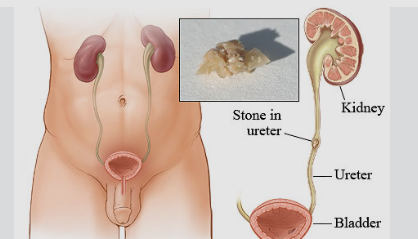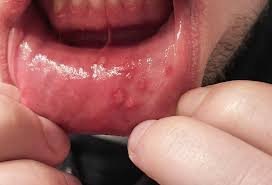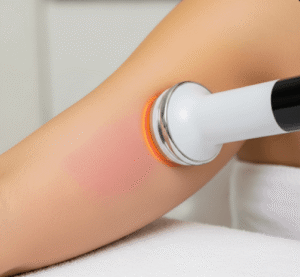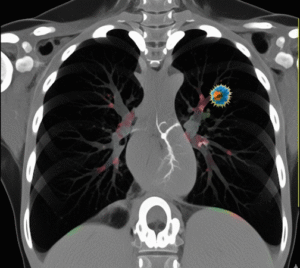Overview
Ureteral Stones are solid mineral deposits that form in the kidneys and migrate into the ureters—the tubes that carry urine from the kidneys to the bladder. These stones can block urine flow, cause severe pain, and lead to urinary tract infections or kidney damage if not treated. Ureteral stones are one of the most common urologic emergencies and often require prompt medical attention.
What is Ureteral Stones
Ureteral Stones, also called ureterolithiasis, are stones that become lodged in one of the ureters. They typically form in the kidneys and travel down into the narrow ureter, where they may cause partial or complete obstruction. These stones are composed of minerals such as calcium oxalate, uric acid, struvite, or cystine. The size and location of the stone determine the severity of symptoms and the choice of treatment.
Symptoms
- Sudden, severe flank or lower abdominal pain
- Pain radiating to the groin or genitals
- Nausea and vomiting
- Hematuria (blood in the urine)
- Urinary urgency or frequency
- Burning sensation during urination
- Difficulty passing urine or reduced urine flow
- Fever and chills (if infection is present)
Causes
Ureteral stones form when substances in the urine become concentrated and crystallize. Common causes include:
- Dehydration, leading to concentrated urine
- High intake of oxalate, sodium, or protein
- Family history of kidney stones
- Urinary tract infections (especially for struvite stones)
- Metabolic disorders such as hyperparathyroidism or gout
- Certain medications or supplements (e.g., calcium, vitamin D, diuretics)
- Impaired urinary drainage or anatomical abnormalities
Risk Factors
- Male gender (more common in men)
- Age between 30 and 60 years
- Personal or family history of kidney or ureteral stones
- Low fluid intake or frequent dehydration
- High-sodium or high-protein diet
- Obesity or metabolic syndrome
- Gastrointestinal disorders (e.g., Crohn’s disease, gastric bypass)
- Sedentary lifestyle or prolonged bed rest
Complications
- Obstruction of urine flow, causing hydronephrosis (kidney swelling)
- Severe, unrelenting pain
- Recurrent urinary tract infections
- Hematuria or clot formation
- Loss of kidney function, if obstruction is prolonged
- Urosepsis (life-threatening infection)
- Chronic stone formation, requiring repeated interventions
Prevention
Preventive strategies focus on reducing stone formation and recurrence:
- Drink plenty of water (at least 2–3 liters per day) to dilute urine
- Limit salt, oxalate-rich foods (e.g., spinach, nuts), and excess animal protein
- Increase dietary calcium intake, but avoid high-dose calcium supplements
- Maintain a healthy weight and exercise regularly
- Avoid excessive intake of vitamin C and D
- Follow up with a urologist if you’ve had stones before
- Use prescribed medications, such as thiazide diuretics or potassium citrate, for high-risk individuals
Treatment Options in Korea
South Korea offers advanced diagnostic imaging and high-precision treatment for ureteral stones, using both non-invasive and minimally invasive methods:
- Pain management: NSAIDs or opioids for acute renal colic
- Hydration and observation: Small stones (<5 mm) may pass naturally
- Medical expulsive therapy: Alpha-blockers like tamsulosin to relax ureteral muscles and facilitate stone passage
- Extracorporeal Shock Wave Lithotripsy (ESWL): Non-invasive procedure using sound waves to break stones into smaller pieces
- Ureteroscopy with laser lithotripsy: A thin scope is inserted into the urethra and ureter to locate and remove or fragment the stone
- Percutaneous nephrolithotomy (PCNL): For large or complex stones, performed through a small incision in the back
- Stent placement: To relieve obstruction and allow urine flow until the stone is treated
- Follow-up metabolic evaluation: To prevent recurrence through dietary and medical guidance
With expert urologists and state-of-the-art technology, Korea provides effective and safe treatment for ureteral stones, tailored to each patient’s condition and needs.













